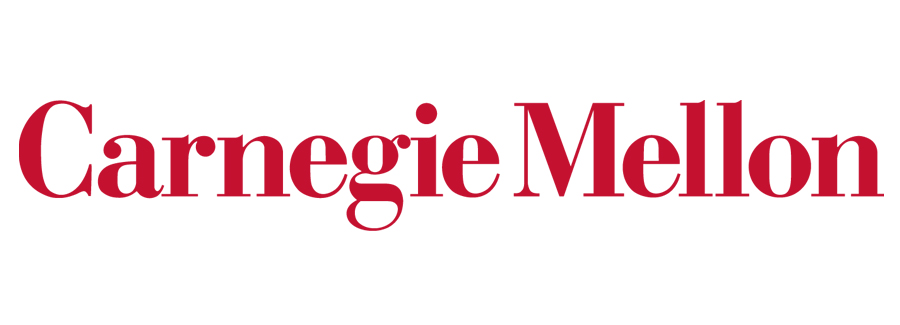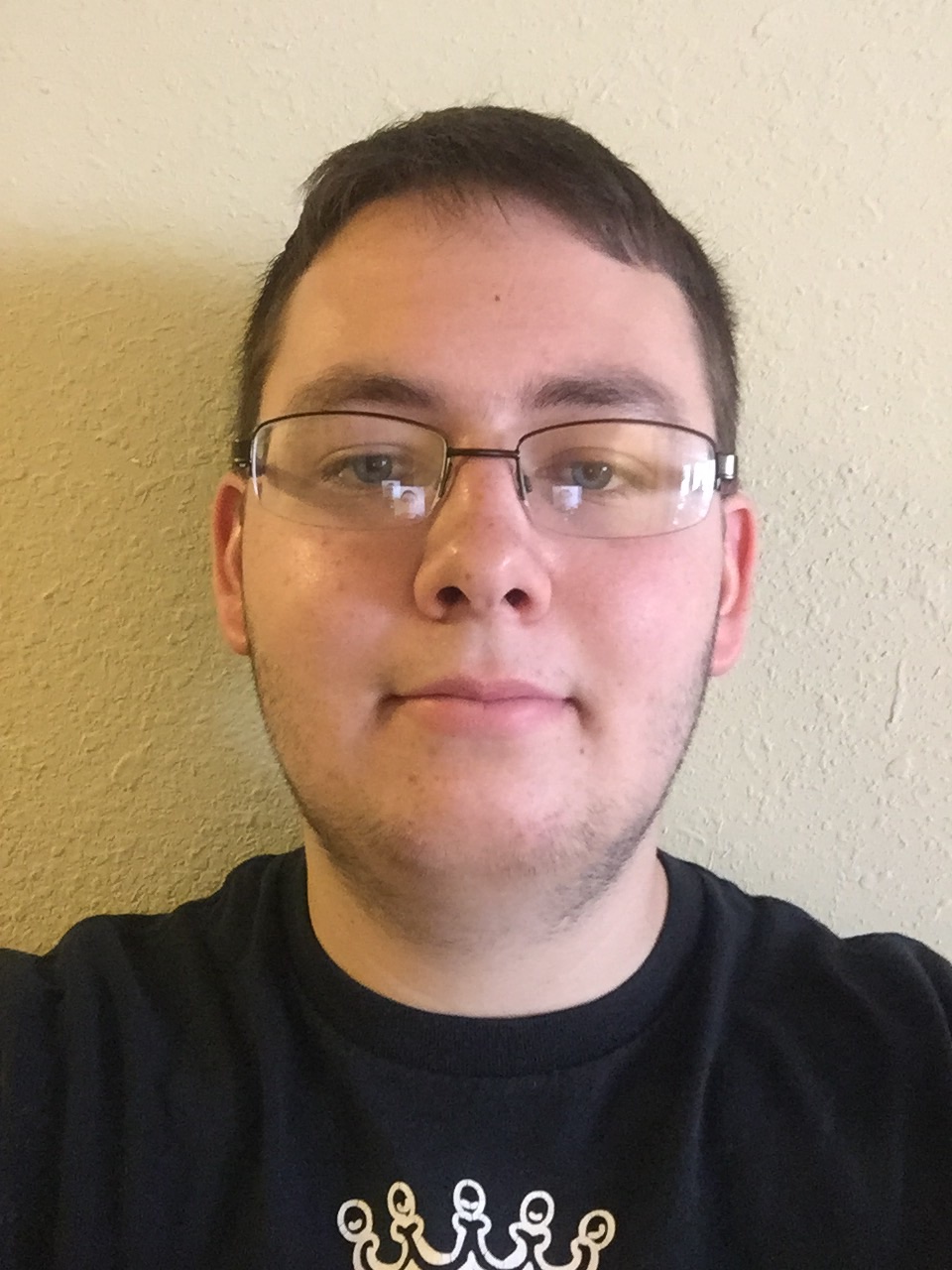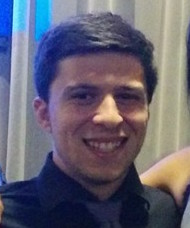Below is a summary of the abstract you submitted. Presenting author(s) is shown in bold.
If any changes need to be made, you can modify the abstract or change the authors.
You can also download a .docx version of this abstract.
If there are any problems, please email Dan at dar78@pitt.edu and he'll take care of them!
This abstract was last modified on May 9, 2016 at 12:07 p.m..

Bacteriophages are the most abundant biological entities on earth. They have important ecological impact and biomedical applications. To improve our understanding of their biology and evolution, we searched for new phages that infect bacterial hosts Rhodococcus or Arthrobacter. We discovered 3 Rhodococcus phages and 8 Arthrobacter phages, which were sequenced on the Ion Torrent platform. One Rhodococcus phage (Arudococcus) and one Arthrobacter phage (ArthroWeasley) were also sequenced at University of Pittsburgh on the Illumina platform. These two phage genomes were completely annotated; the remainder were assembled and partially annotated pending sequence finishing. ArthroWeasley has a genome of 15680 bp and is closely related to StewieGriff and other members of cluster AN. Arudococcus, has a genome of 46539 bp and is closely related to Espica and other members of cluster CA. We were able to isolate Arudoccoccus lysogens, consistent with the presence of predicted integrase and repressor genes in its genome. We investigated Arudococcus in more detail, using multiple approaches to identify candidate regulatory elements upstream and downstream of the integrase and repressor genes. We identified Rho-independent transcriptional terminators for each strand downstream of the integrase, as well as candidate promoters and binding sites for regulatory factors upstream of both genes. An intriguing observation concerns another Arthrobacter phage, BeatusComedenti, which proved to be closely related to previously known phages Kitkat and KellEzio (98 and 95% coverage, 99 and 98% identity, respectively). KitKat and KellEzio are unusual phages that comprise cluster AT. They exhibited extremely biased read coverage (>95% reverse strand) upon Illumina sequencing (phagesdb.org), but BeatusComedenti coverage (average 248.6) was entirely unbiased in our IonTorrent sequencing. We are investigating whether the difference is due to sequencing platform or variation in genome modifications.


